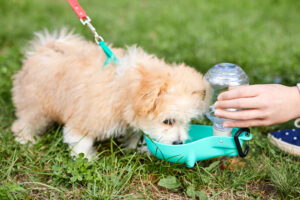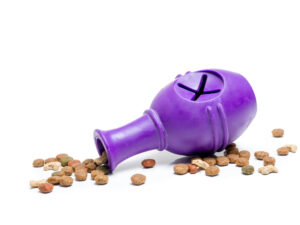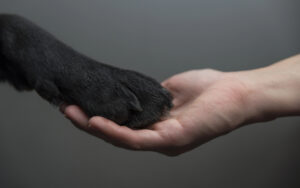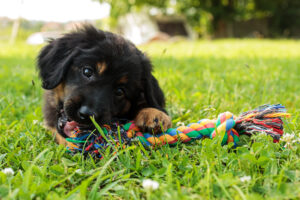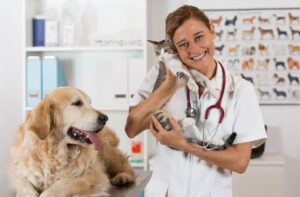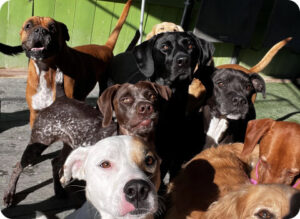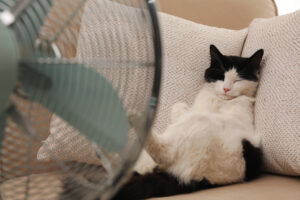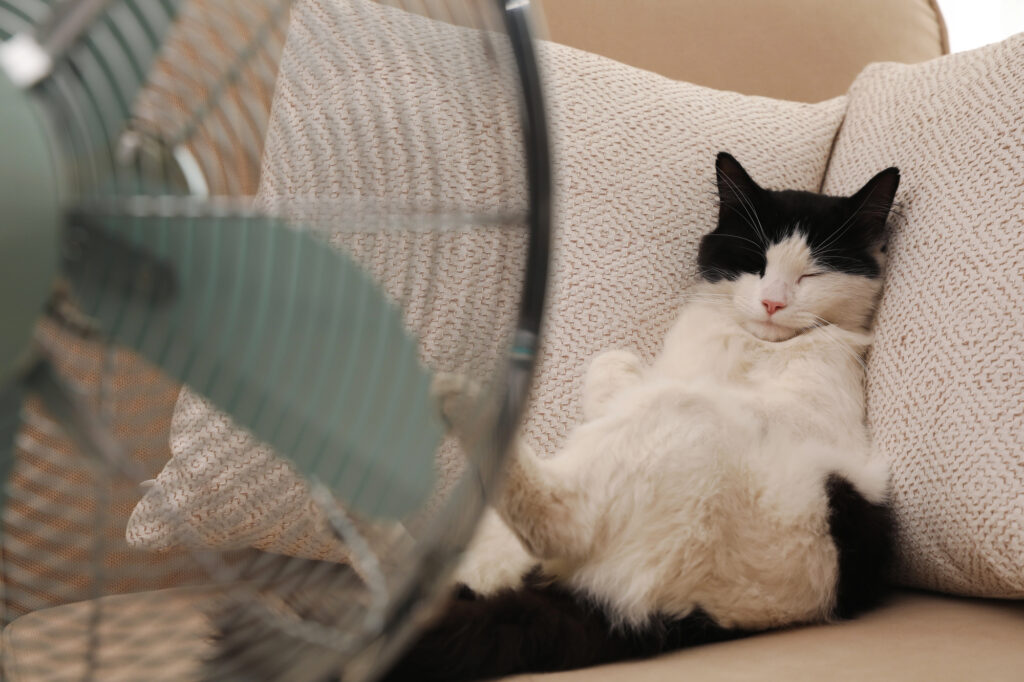
How to Keep Your Pets Hydrated During the Summer (+ Frozen Treat Recipes)
Warm weather is a great time for outdoor adventures, but it also means your pet needs extra care to stay cool and hydrated.
From simple daily tips to easy frozen treat recipes, there are plenty of fun and safe ways to help your pets feel their best during the summer months.
Whether you’re planning beach days in San Diego or just lounging in the backyard, keeping your dog or cat properly hydrated can make all the difference.

Boarding Clients!*Discount does not apply during holiday/peak rate periods.

Why Summer Hydration Is So Important
Pets lose more fluids during the summer due to panting, heat, and extra activity. Keeping them hydrated helps regulate body temperature, supports digestion, and prevents heat-related illness.
Staying hydrated goes beyond comfort and plays a key role in protecting your pet’s overall health when temperatures rise. Pets who don’t get enough water are more likely to overheat, feel fatigued, or develop more serious issues if not addressed quickly.
Key reasons hydration matters more in summer:
- Heat increases fluid loss through panting and evaporation
- Outdoor play, walks, and sun exposure raise water needs
- Short-nosed breeds (like bulldogs or pugs) and seniors are more heat-sensitive
- Hydration supports kidney health, energy, and appetite
Signs of Dehydration in Pets
Even with precautions, it’s important to know the early signs of dehydration. Catching these symptoms early can help prevent serious issues.
Common signs include:
●Dry gums or nose
●Sunken or dull-looking eyes
●Lethargy or less interest in play
●Loss of appetite
●Excessive panting or drooling
●Sticky saliva or reduced skin elasticity
If you spot these, offer water immediately and contact your vet if symptoms persist.
Everyday Tips to Keep Your Pet Hydrated
You don’t have to wait for your pet to show signs of thirst. These simple habits can help keep their hydration levels steady all summer long, especially during hotter days in places like San Diego.
1. Place Multiple Water Bowls Around the Home
Dogs and cats are more likely to drink when water is easy to reach. Set up bowls in areas where your pet spends time, such as the living room, kitchen, or backyard.
For outdoor pets or pets that play in the yard, place a shaded bowl outside and check it often for temperature and cleanliness.
Refill with cool, fresh water several times a day, especially after activity or meals.
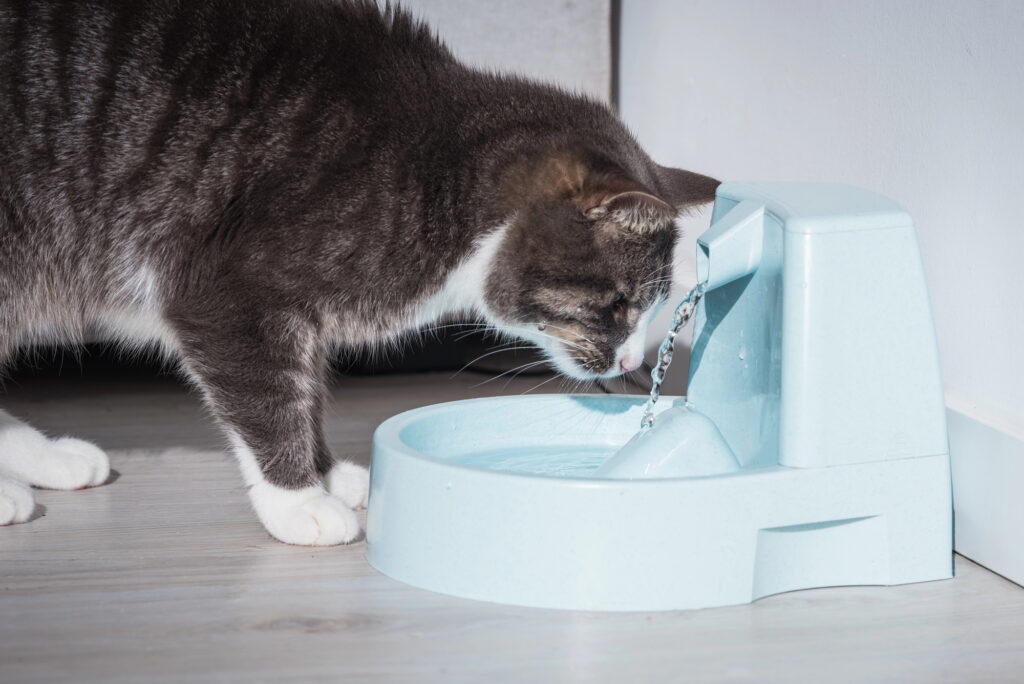
2. Use a Pet Water Fountain
Some pets prefer the sound and movement of running water. Pet fountains filter and circulate the water, keeping it cooler and fresher for longer.
This is especially helpful for cats, who naturally have a low thirst drive. A fountain may encourage them to drink more throughout the day.
3. Add Water to Their Food
Boost moisture intake by mixing water or pet-safe broth into dry kibble. This softens the food and helps your pet stay hydrated during mealtime.
If your pet tolerates it, you can also rotate in wet food, which typically contains 75–80% water, much higher than dry food alone.
4. Schedule Walks During Cooler Hours
Avoid peak sun hours (typically 11:00 am to 4:00 pm). Instead, walk your dog early in the morning or after sunset when temperatures are lower.
Bring a collapsible bowl and water bottle, and take hydration breaks if you’ll be out for more than 15 to 20 minutes. Hot pavement can burn paws and raise body temperature quickly.
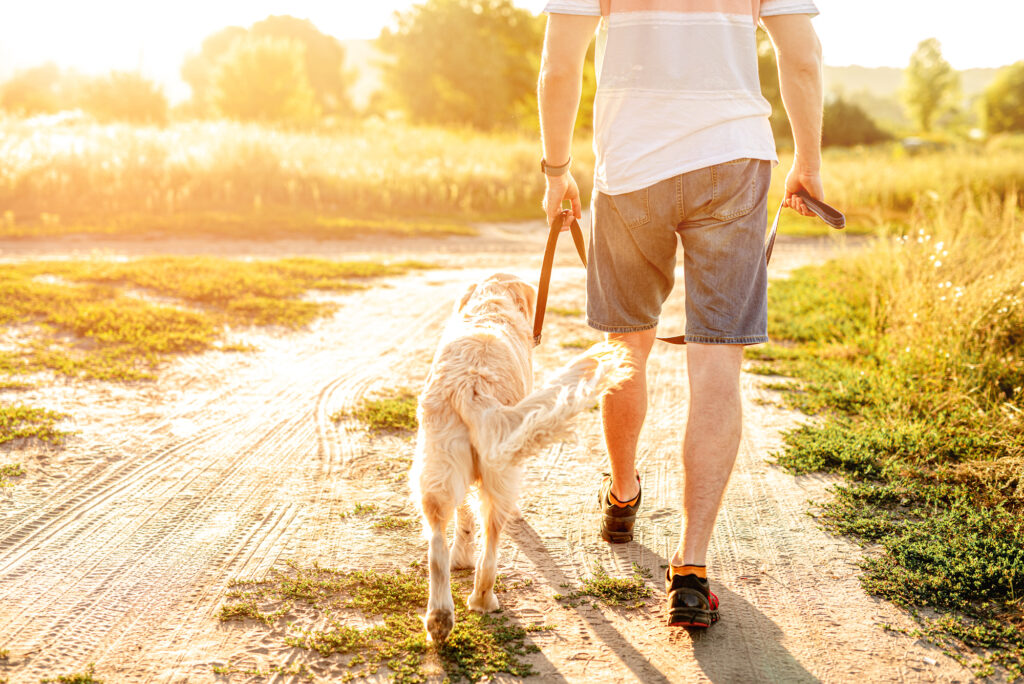
5. Freeze Ice Cubes or Offer Cool Treats
Adding a few ice cubes to their water bowl can make drinking more enjoyable, especially for dogs. You can also prepare pet-safe frozen treats using watermelon, broth, yogurt, or soaked kibble (recipes coming up next).
These treats provide hydration and help cool your pet from the inside out.
6. Monitor Indoor Temperature and Use Fans
Your pet’s hydration needs increase when it’s hot indoors too. Keep your home cool with fans or AC, especially in rooms without cross-ventilation. A shaded, breezy rest spot can help prevent overheating, which in turn reduces dehydration risk.
7. Encourage Licking with Hydration Mats or Frozen Toys
Some pets enjoy licking more than drinking. Try hydration mats (like lickable gel pads) or freeze-soaked toys for them to chew and lick.
You can stuff a Kong with wet food or soaked kibble, then freeze it overnight. These activities stimulate hydration and offer mental enrichment at the same time.

Frozen Treat Recipes to Cool Down Your Pet
Frozen treats are a fun and effective way to help your pets stay cool and hydrated during the summer. These simple recipes use pet-safe ingredients and can be made in just a few minutes, perfect for dogs and cats who enjoy a refreshing snack.
1. Watermelon Ice Cubes (Dogs Only)
Watermelon is naturally hydrating and full of electrolytes. Just make sure it’s seedless and rind-free.
- Blend seedless watermelon with a splash of water
- Pour into ice cube trays
- Freeze for a few hours
- Serve as a snack or float a cube in your dog’s water bowl
Note: Do not feed watermelon to cats. Remove all seeds and rind before blending.
2. Chicken Broth Ice Pops
Low-sodium broth is a great way to add flavor and encourage hydration.
- Use pet-safe, low-sodium chicken or beef broth
- Pour into silicone molds or an ice cube tray
- Optional: Add a dog biscuit, carrot slice, or blueberry into each cube
- Freeze and serve on hot days
3. Frozen Yogurt and Blueberry Drops
This is a great probiotic-rich treat for dogs, just skip it if your pet is lactose-sensitive.
- Mix plain, unsweetened yogurt with a handful of blueberries
- Spoon small dollops onto a parchment-lined tray
- Freeze until solid
- Serve as a cool bite-sized treat
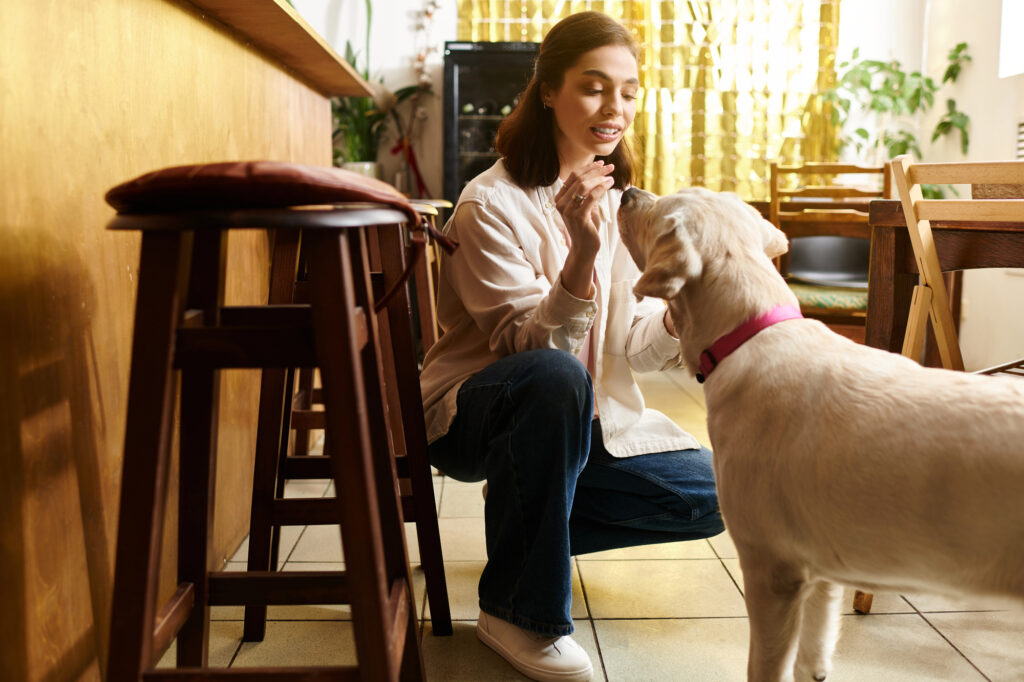
4. Tuna Water Ice Cubes (For Cats)
Cats can be picky drinkers, but tuna water usually gets their attention.
- Drain canned tuna packed in water (not oil)
- Pour the tuna water into an ice tray
- Freeze and serve one or two cubes in a dish
- Let your cat lick, bat, or chase the melting cube
5. Kong-Stuffed Ice Treats
These frozen toys double as enrichment and hydration boosters.
- Soak your dog’s kibble in water or broth until soft
- Stuff it into a Kong or similar toy
- Freeze overnight
- Give it to your dog on a hot afternoon or as a calming activity
Summer Treat Ingredients to Avoid
Not all “human foods” are safe for pets, especially in homemade frozen treats. While it’s fun to get creative, always double-check ingredients before serving.
Avoid using:
- Xylitol or artificial sweeteners:Toxic to dogs, even in small amounts
- Grapes or raisins:Can cause kidney failure in dogs
- Chocolate, onions, or garlic:Harmful to both cats and dogs
- Dairy-heavy recipes:Many pets are lactose intolerant
- High-sodium broths or deli meats:Can contribute to dehydration or upset stomachs
Stick to plain, pet-safe ingredients and always introduce new treats in small amounts.
When to Call the Vet
Even with your best efforts, pets can still experience dehydration or heat-related issues, especially during long outdoor play, travel, or sudden heat waves.
If your pet refuses to drink water, seems unusually lethargic, or shows signs of heat stress (like heavy panting, drooling, or unsteady walking), it’s time to call your vet. These symptoms can progress quickly if not addressed.
In severe cases, dehydration may lead to vomiting, collapse, or even organ failure. Don’t wait, contact your vet or an emergency animal hospital if something feels off.
It’s always better to be cautious when it comes to your pet’s health.
Conclusion
Keeping your pets hydrated in the summer doesn’t have to be complicated. Offer fresh water in multiple spots, use water fountains to encourage drinking, and try simple frozen treats to make hydration fun.
Watch for early signs of dehydration and avoid risky ingredients when making snacks at home.
Want help keeping your pet cool while you’re away? At Fon Jon Pet Care in San Diego, our team keeps dogs happy, hydrated, and safe with outdoor play, water breaks, and shaded rest areas.




